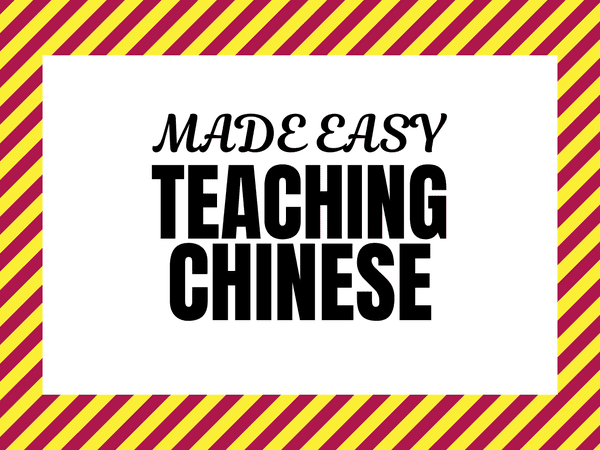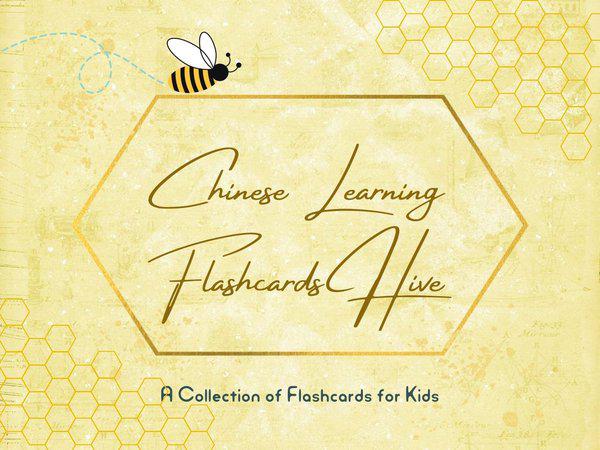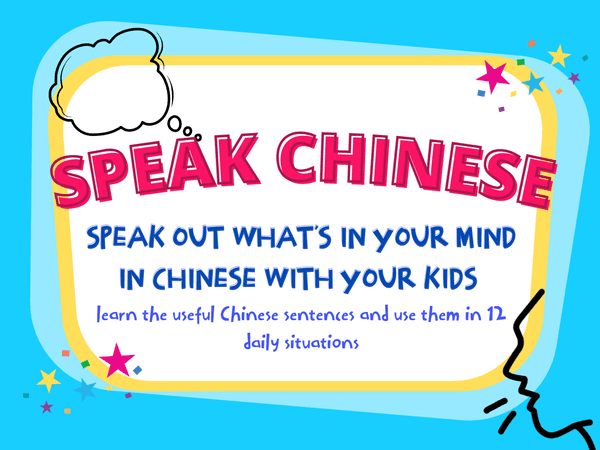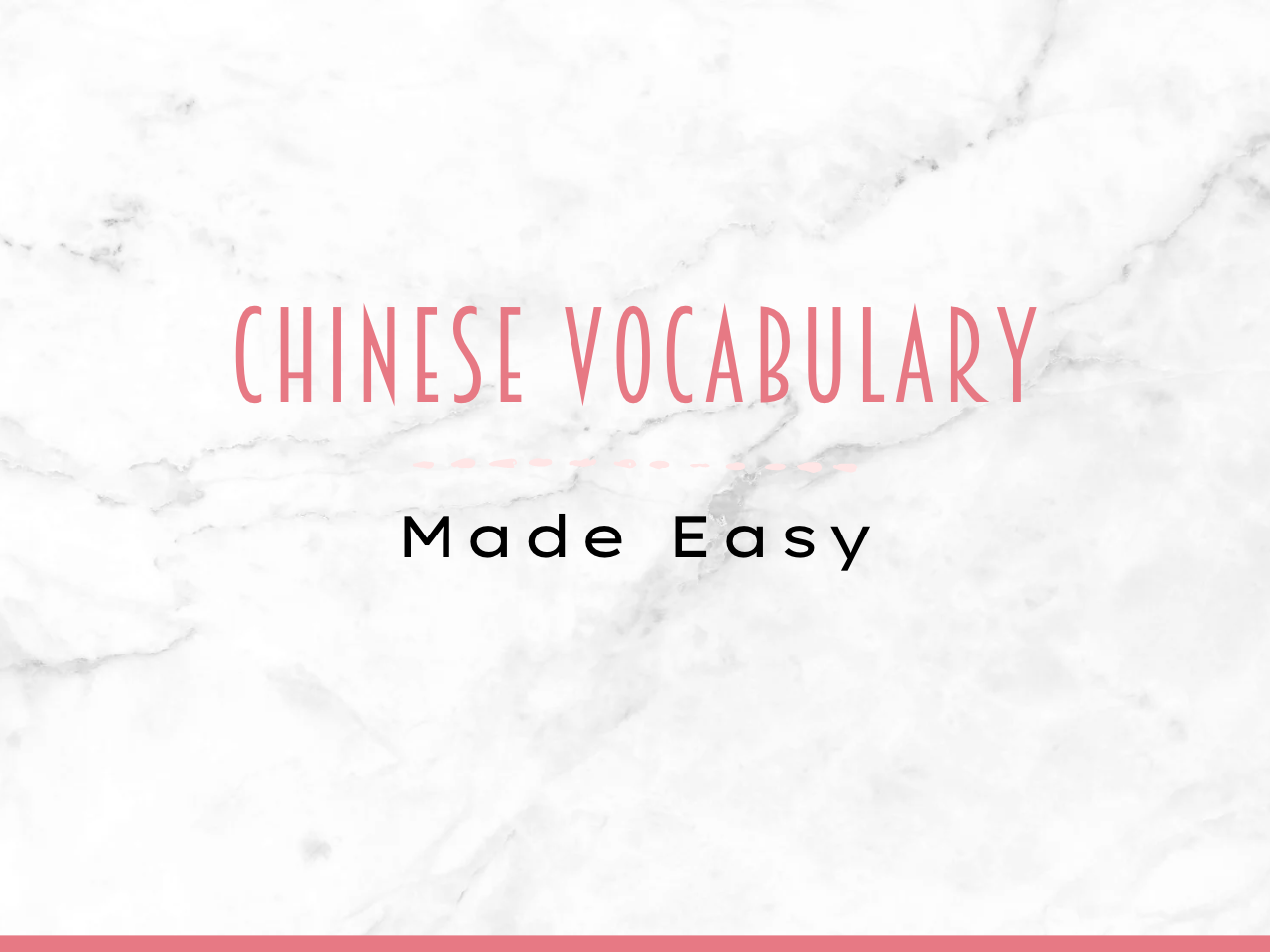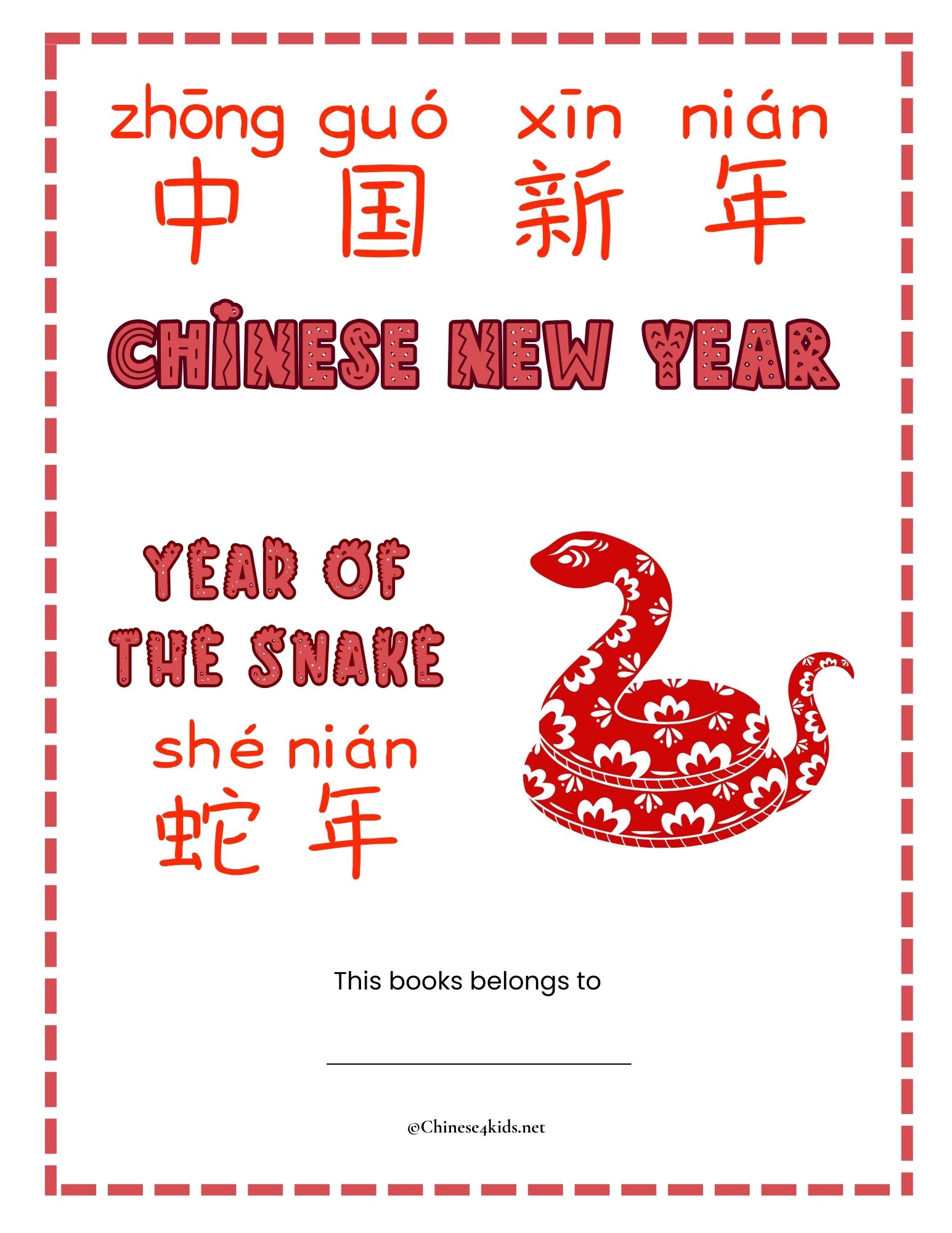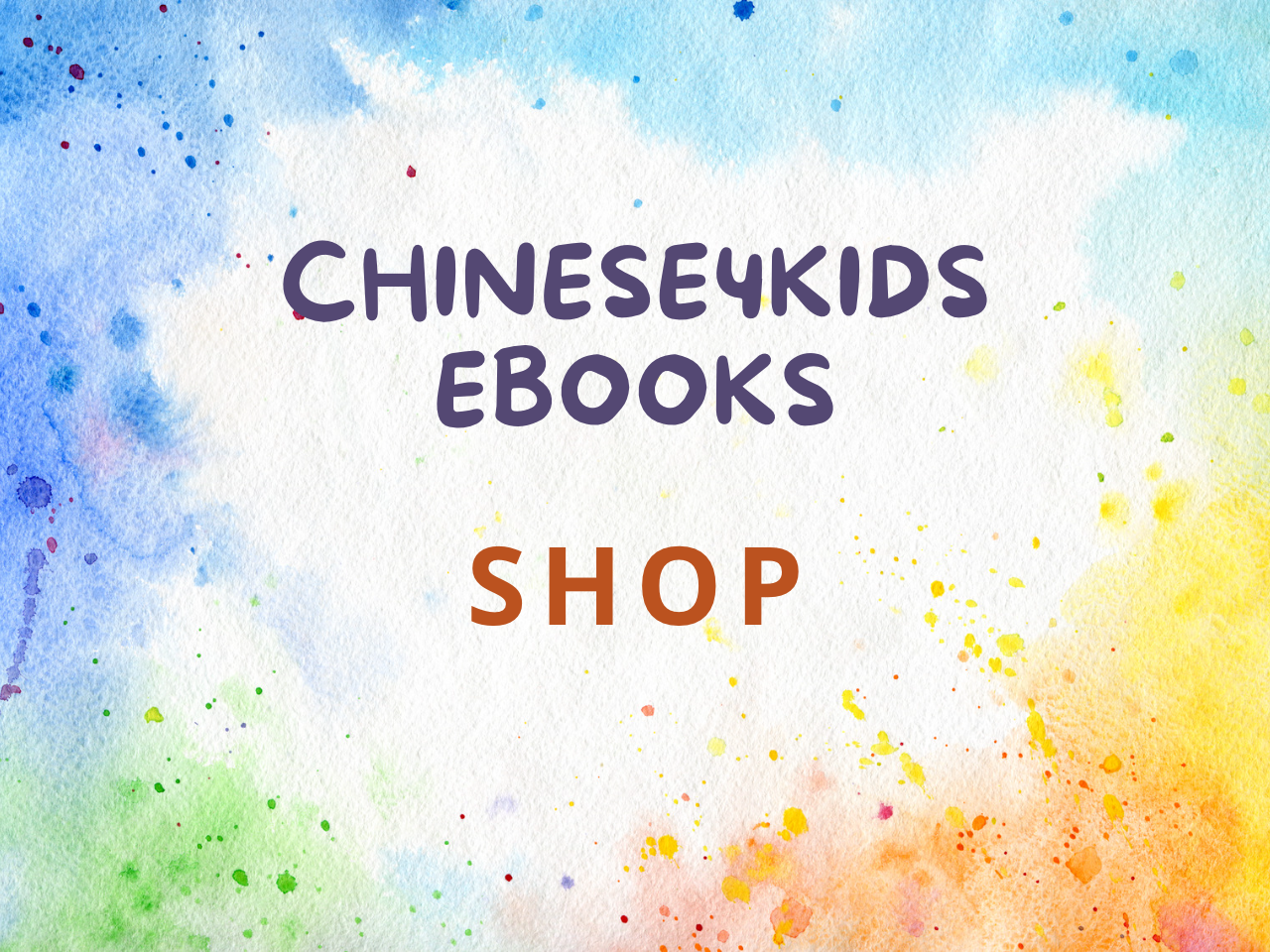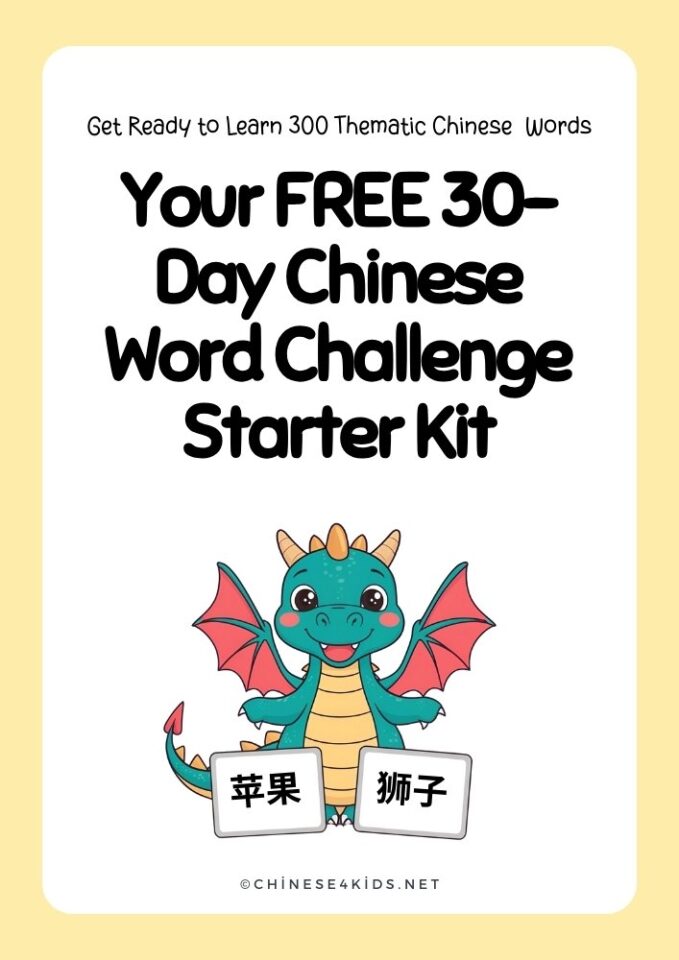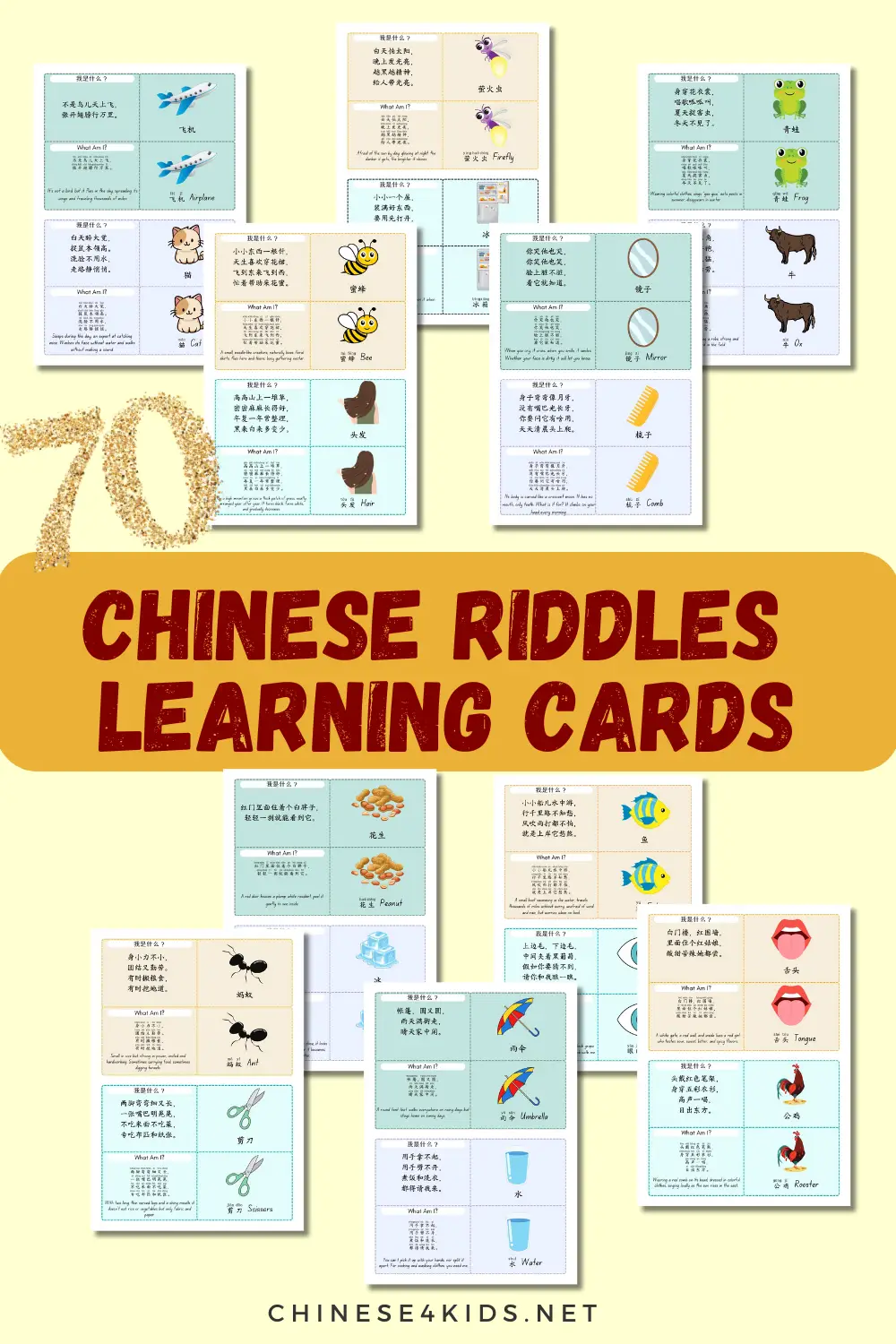
Home » Chinese Reading for Kids » 5 phases of Chinese literacy development: A Guide for Parents and Educators
5 phases of Chinese literacy development: A Guide for Parents and Educators

A child develops Chinese literacy in 5 phases. Understanding the different phases of a child’s literacy development is crucial for effectively supporting their Chinese language learning journey. In short, a child’s Chinese literacy development will start at pre-reading phase, then go through emergent reading phase, early reading phase, transitional reading phase, and eventually reach fluent reading phase. How does each phase look like, and what parents and educators can do to better cater to the needs at each phase? Let’s have a detailed exploration.
5 phases of Chinese literacy development
Phase 1: Pre-Reading Phase
This initial phase begins from infancy and continues into early childhood. During this time, children develop foundational language skills through exposure to spoken Chinese. They start to recognize familiar Chinese characters in their environment, such as those on food packaging or in picture books. Even though they may not be able to read yet, they begin to associate these characters with meaning.
At this stage, parents and educators can help kids in the following ways
Language Exposure
Provide ample opportunities for children to hear and engage with spoken Chinese through conversations, songs, and stories.
Environmental Print
Point out and discuss Chinese characters in the child’s environment, such as on signs, labels, and packaging. Or create a Chinese environment by displaying posters featuring basic Chinese vocabulary of the familiar things in a child’s world.
Storytelling
Share simple Chinese stories or nursery rhymes with the child to introduce them to the rhythm and cadence of the language.
Phase 2: Emergent Reading Phase
Typically between ages 3 to 5, children start to understand that written Chinese carries meaning. They may recognize some Chinese characters by shape or context and may attempt to “read” simple words. Pinyin and visual aids play a crucial role in supporting their early reading attempts by providing pronunciation guidance and context clues.
At this phase, children often show sensitivity and interest towards characters and try hard to read. Parents and educators should pay special attention during this stage by doing the following:
Introduction to Characters
Introduce basic Chinese characters through games, flashcards, and interactive activities.
Pinyin and Visual Aids
Use pinyin and visual aids to support early reading attempts and provide context for understanding characters.
Encourage Exploration
Offer a variety of age-appropriate Chinese books and materials for the child to explore and interact with independently. My Very First Chinese Reading books are perfect for children at this phase to start reading attempts.
Phase 3: Early Reading Phase
Beginning around ages 5 to 7, children start developing their basic reading skills. They become proficient in recognizing high-frequency characters and understanding simple sentences. Children rely on contextual clues to understand texts. Reading materials with repetitive structures and familiar vocabulary are beneficial during this phase, as they provide opportunities for practice and reinforcement.
To help children better develop during this phase, parents and educators can focus on the following activities.
Repetitive Practice
Encourage repetitive reading of simple texts to build fluency and confidence.
Scaffolded Support
Provide support through leveled reading materials and guided reading sessions tailored to the child’s proficiency level.
Vocabulary Expansion
Based on the basic Chinese vocabulary, introduce new vocabulary through context and reinforce learning through games, activities, and real-life experiences.
Phase 4: Transitional Reading Phase
Typically occurring around ages 7 to 9, the transitional reading phase marks a significant advancement in reading proficiency. Children become more adept at reading Chinese characters and begin to tackle more complex texts. They develop fluency and comprehension skills, moving beyond decoding to understanding deeper meanings within texts. Children have more exposure to a wide range of reading materials, including narrative stories, informational texts, and poetry. And the exposure does not only enrich their reading experience, but also broaden their understanding of the language and culture.
At this stage, parents and educators should provide plenty of opportunities for children to explore. Here are some examples,
Complex Texts
Introduce more complex texts with varied sentence structures, themes, and vocabulary.
Comprehension Strategies
Teach comprehension strategies such as predicting, summarizing, and making connections to enhance understanding.
Cultural Context
Explore Chinese culture and traditions through literature, incorporating discussions about cultural nuances and perspectives.
Phase 5: Fluent Reading Phase
Generally attained by age 9 and beyond, children at the fluent reading phase show a high level of reading proficiency. They achieve fluency in reading Chinese, able to read with ease and comprehend a variety of texts independently. They develop higher-order reading skills, such as inference, analysis, and evaluation. Reading becomes a means of acquiring knowledge, exploring interests, and engaging with Chinese culture and literature.
Parents and educators at this stage are more cheer leaders and facilitators rather than teachers.
Independent Reading
Encourage independent reading habits by providing access to a wide range of Chinese books and resources.
Critical Thinking Skills
Foster critical thinking skills by encouraging children to analyze texts, question assumptions, and evaluate viewpoints.
Literary Appreciation
Promote a love for Chinese literature by exploring classic and contemporary works, discussing themes, and connecting with authors and illustrators.
Throughout these phases, it’s essential to provide appropriate support and resources tailored to the child’s developmental stage. This includes exposure to a variety of reading materials, guided practice, vocabulary reinforcement, and encouragement to foster a love for reading and language learning. By paying attention to the characteristics of each stay, parents and educators can provide the necessary support and guidance to help children navigate their literacy development in Chinese learning effectively.
Want to Have A Reading Log to Track Your Child’s Reading
Resources Mentioned Above
- Speak with Kids in Chinese Course
- Sing Children’s Songs, Learn Chinese Language
- Chinese Basic Vocabulary Poster Bundle
- Chinese Learning Flashcards Hive
- Chinese learning worksheets Collection
- Chinese Nursery Rhymes Youtube Playlist
- Introduction to Hanyu Pinyin
- Chinese Vocabulary Made Easy Course
If you like this post, share it.
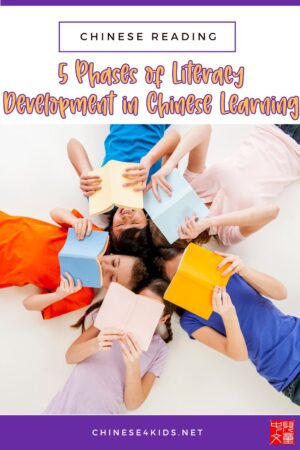
In Case You Want to Read More Similar Articles
You May Also Be Interested:
- Chinese4kids Membership – a portal for busy Chinese teachers and parents
- Chinese learning flashcards Hive – a flashcards library that with regular additions of new quality Chinese learning flashcards
- Chinese learning worksheets collection – Also a part of Chinese4kids membership, this collection is for teachers and parents who want to have access to engaging worksheets and activity sheets created for kids learning Mandarin Chinese as an additional language
- Speak Chinese with Kids Course
- Chinese Vocabulary Made Easy Course
Recent Posts
Join Our Membership
Enroll to A Course
Buy An eBOOK
Our Posts



